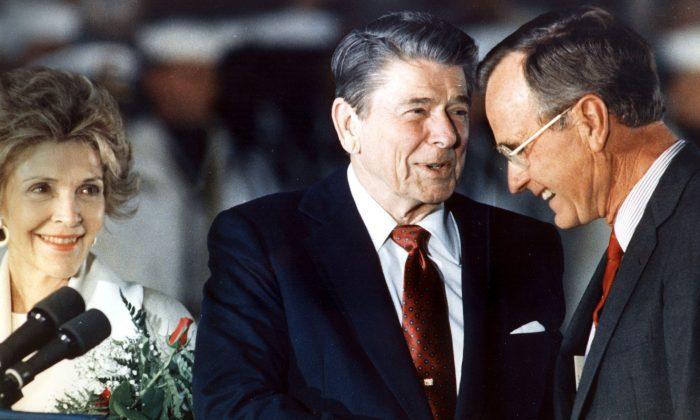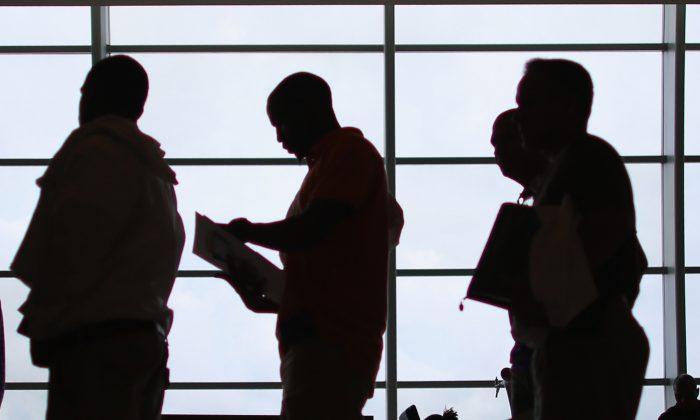Fresh evidence is emerging that the U.S. economy is slowing in the second quarter. Stock prices continued to slide as earnings disappointed, and the Conference Board’s index of leading economic indicators pointed down.
The Commerce Department reported that GDP growth rebounded from 0.4 percent in the fourth quarter to 2.5 percent in the first quarter. However, this was caused by a recovery in inventory and defense purchases, which were uncharacteristically weak last fall, and a surge in consumer spending in January and February, resulting from extraordinarily large year-end bonuses.
Those factors will not repeat in the second quarter, and Jan. 1 tax increases are starting to bite—consumers appear to have tightened down on spending and their confidence in the outlook for the economy wanes.
Among the Conference Board’s leading indicator components that pointed south were a shorter average workweek, rising initial unemployment claims, fewer manufacturing orders (as measured by the Institute for Supply Chain Management), and fewer building permits. Moreover, the Philadelphia Fed index of manufacturing activity slipped, in line with the weakening suggested by the most recent ISM manufacturing indicators.
Yesterday, I wrote that structural factors—inadequately addressed by the administration’s response to the financial crisis—continue to hamper the economy. Growth should slip to below 2 percent in the second quarter, and the job market will remain difficult.
In a nutshell, without more business-sensitive regulatory policies, fewer and less expensive health care mandates, more assertive international trade policies, and more aggressive development of domestic oil reserves, the U.S. economy will continue to grow in fits and starts at best and constantly face the danger of a double-dip recession.
Almost four years into the economic recovery, the Fed continues to purchase $85 billion in long-term Treasury and mortgage-backed securities each month, indicating some considerable level of desperation. Those easy money policies have created asset bubbles in urban real estate, corporate equity and bonds, and agricultural land markets—if those burst the economy could easily head south.
Without radical changes in national economic policies, Americans face slow growth, higher taxes, and stagnant or falling wages.
Peter Morici is an economist and professor at the Smith School of Business, University of Maryland, and widely published columnist.




Friends Read Free